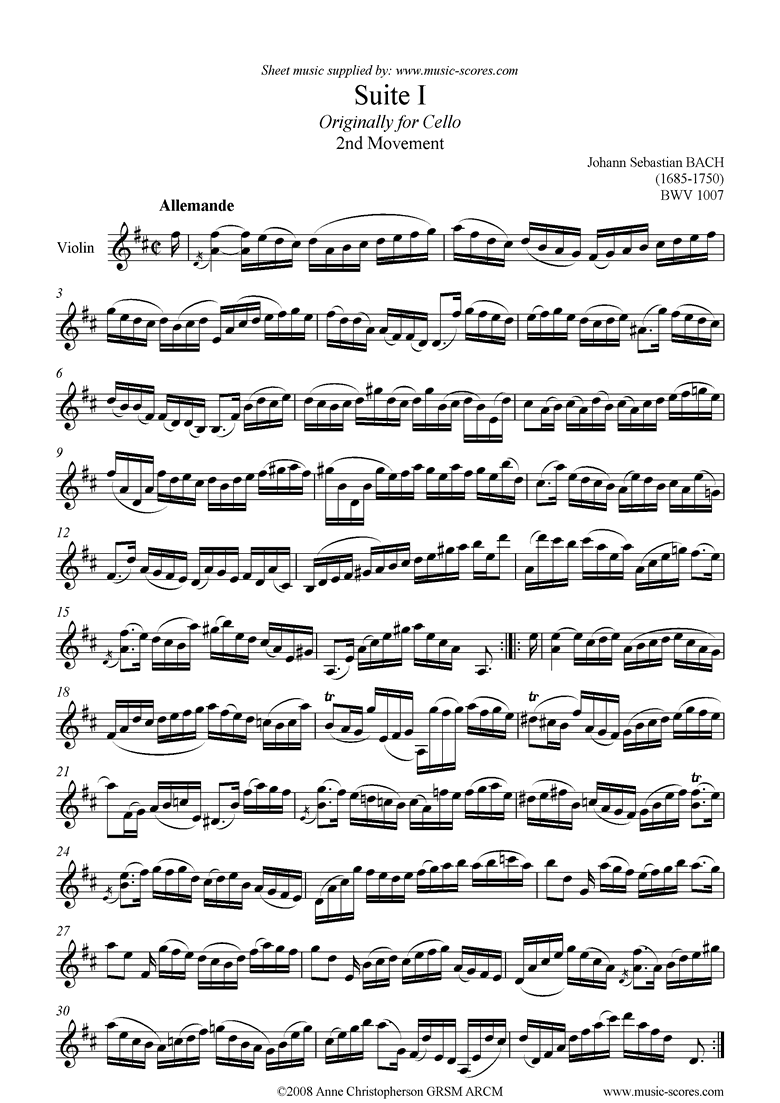If there are pieces which end with an incomplete measure, then what would be some examples? And is there a term for an incomplete measure at the end? Something that would be the opposite of anacrusis.
-
Do you mean to exclude examples ending with an incomplete bar that is "made whole" by the work starting with an anacrusis?– Michael CurtisCommented Feb 10, 2020 at 14:50
-
@MichaelCurtis No, I did not mean to exclude those.– LiisiCommented Feb 10, 2020 at 14:58
-
1A huge number of works with anacrusis come from dance music: in the Baroque suite, the majority of allemandes, courantes, minuets, gavottes, loures, passepieds, bourrées, rigaudons, and many gigues have a prominent upbeat.– MichaelyusCommented Feb 11, 2020 at 12:30
-
Related: Is there a name for the incomplete measure completing the anacrusis?– Elements In Space ♦Commented Dec 18, 2023 at 17:02
4 Answers
Dance-form movements which started with an anacrusis were generally notated with an incomplete final bar, if only to facilitate repeat barlines. Because we encounter a lot of this sort of music in our early musical training - the early piano grade exams are full of Bach, Mozart etc. dance movements - we maybe give this convention too much importance. Use it where appropriate. Use it where a piece DOES repeat back to an anacrusis. Know about it if taking an elementary theory examination.
As far as I know, there's no particular term for the 'make up' final bar other than the plain English 'shortened' or 'incomplete'.
Here's an example from a Bach cello suite. Note that the last bar is a 16th short.
Classical forms were followed very closely for quite a while. They thought that if your form was 32 bars and you had an anacrusis, then you should omit the length of the anacrusis from the final measure, or else it wouldn't be a proper 32 bars. You'll find that just about any piece in that time period with a standard form and an anacrusis will drop the length of the anacrusis from the final measure, so there are endless examples.
I consider common practice period as a term related to tonality, while your question is more related to rhyth and emphasis.
The answer may depend on period, style and ethnic origin of the music.
If a piece (or a part of it, bracketed by repeat marks) stats with an anacrusis or upbeat (terms confirmed by Wikipedia), there is a very strong tendency for the last bar to fill-up, what was missing. Wikipedia gives the name complement for this final bar. I do not supply examples, but this is so frequent, you should have no problem to find dozens of examples for your preferred composer easily.
It seems imperfect bar could be applied to both the initial and final bars involved in an anacrusis.
I don't know if that is an outdated term, the Google book is an old, public domain copy of Grove's Dictionary.
https://books.google.com/books?id=vOQ-AAAAYAAJ&pg=PA131
Transcription:
AUFTAKT (German), ‘Up-beat.’ The musical phrases which begin exactly on the first note of the bar are very few; the great majority of melodies begin on the last beat of an imperfect bar, and the accurate performance of the passage from the up-beat to the down-beat is one of the surest signs of musical instinct. Dr. Riemann, in his Musikalische Dynamik und Agogik (1884), and in the various issues of his Phrasierungsausgabe makes the importance of the Auftakt so prominent to the eye that it can hardly escape attention.
— Grove’s Dictionary of Music and Musicians, Vol. 1, 2nd ed., (1904)

